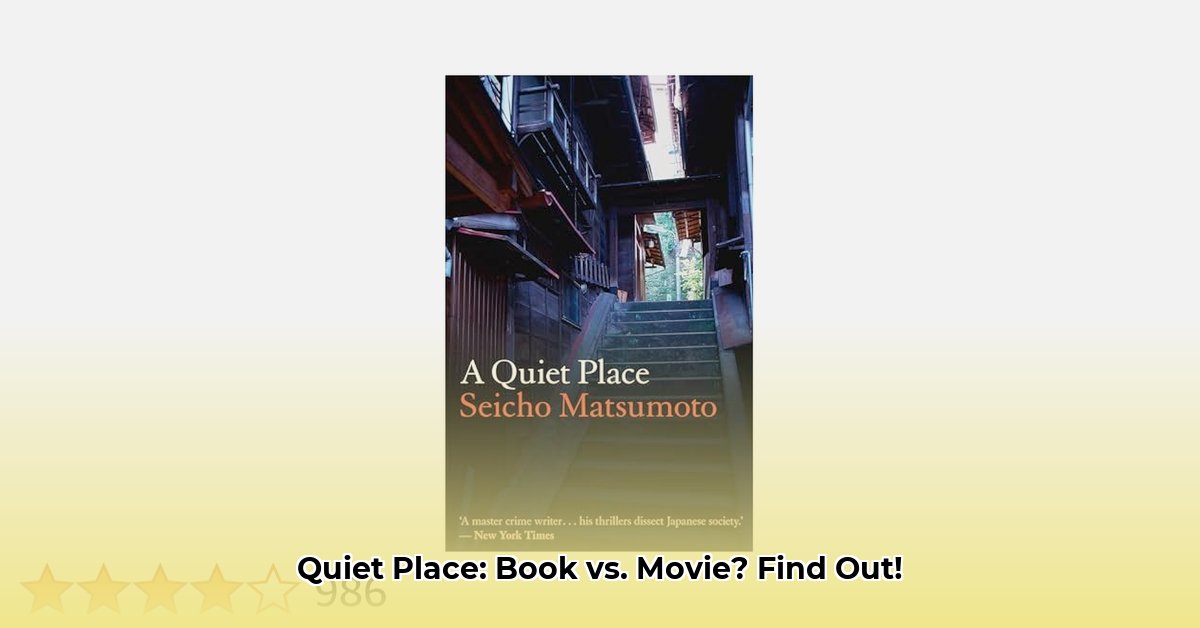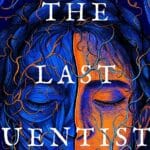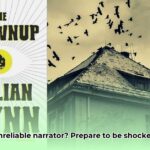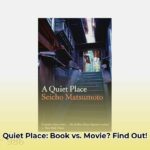The haunting silence of A Quiet Place has resonated with audiences across two distinct mediums: Seicho Matsumoto’s 1971 novel and John Krasinski’s 2018 film. While both explore the power of silence, they diverge dramatically in narrative, character development, and thematic focus. This analysis delves into these differences, exploring how silence transforms from a veil of secrecy in the book to a survival imperative in the film.
Two Worlds of Silence: Mystery vs. Monster
Matsumoto’s A Quiet Place (originally Kikanakatta basho) unfolds as a meticulously crafted mystery. The narrative centers on Tsuneo Asai, a government bureaucrat grappling with the unexpected death of his wife, Eiko. His investigation into her seemingly mundane heart attack reveals a web of secrets and a double life that shatters his perception of their marriage. The novel’s silence is internal, a shroud of unspoken desires and hidden truths. It’s a slow burn, relying on psychological tension and the gradual unraveling of clues.
Krasinski’s film adaptation reimagines A Quiet Place as a post-apocalyptic survival horror. The Abbot family navigates a world overrun by sound-sensitive creatures, where the slightest noise can mean death. Silence here is external, a desperate necessity for survival. The film’s visual storytelling and masterful sound design (or intentional lack thereof) create an atmosphere of relentless dread, a stark contrast to the novel’s introspective pace.
Internal Conflicts vs. External Threats: Shaping Character Arcs
The protagonists of both narratives undergo significant transformations, but their journeys are shaped by vastly different forces. Tsuneo Asai’s journey is one of self-discovery, driven by internal conflict. He grapples with grief, betrayal, and the unsettling realization that he barely knew his wife. His growth comes from confronting these painful truths and piecing together the fragments of Eiko’s hidden life.
The Abbott family, on the other hand, faces an immediate, external threat. Their character development is forged in the crucible of survival. Lee and Evelyn Abbott struggle to protect their children, Regan, Marcus, and their newborn baby, in a world demanding constant vigilance. Their growth stems from shared trauma, resilience, and the unwavering bonds of family.
The Multifaceted Nature of Silence: A Shared Theme, Divergent Meanings
While both narratives utilize silence as a central theme, its meaning morphs across mediums. In the novel, silence obscures, concealing secrets and fostering an atmosphere of suspicion. It’s a tool for investigation, a deliberate choice to uncover hidden truths. The film recasts silence as a shield, a desperate measure to evade monstrous predators. This enforced quiet amplifies every rustle and creak, transforming the mundane into a source of terror. The shared theme underscores the adaptability of silence as a narrative device, demonstrating its capacity to evoke both intrigue and dread.
From Page to Screen: A Legacy of Silence
Krasinski’s film, while a departure from the source material, stands as a powerful and innovative work of horror. Its visceral tension, compelling characters, and masterful use of sound (and silence) have resonated deeply with audiences. Matsumoto’s novel, though less widely known, offers a compelling exploration of human relationships and the secrets we keep. Both A Quiet Place narratives, in their distinct ways, showcase the power of silence to shape stories, evoke emotions, and leave a lasting impact. The novel delves into the quiet complexities of human relationships, while the film amplifies the silence into a deafening roar of survival. Both, however, leave the audience contemplating the profound weight of what remains unsaid.
- Discover Long Black Pepper: Flavor & Health Benefits - April 25, 2025
- Shocking Twists: The Grownup Review: Unreliable Narration - April 25, 2025
- A Quiet Place Book vs Movie: A Deep Dive - April 25, 2025
















